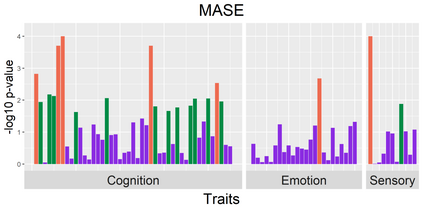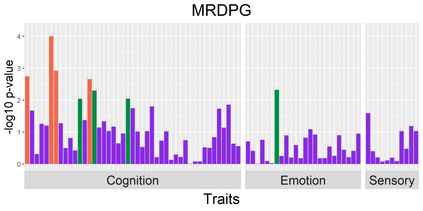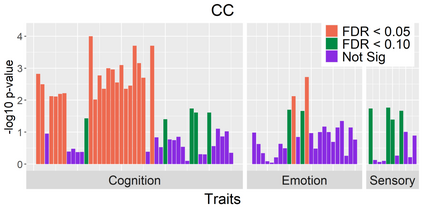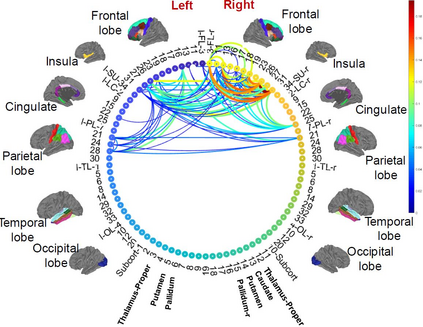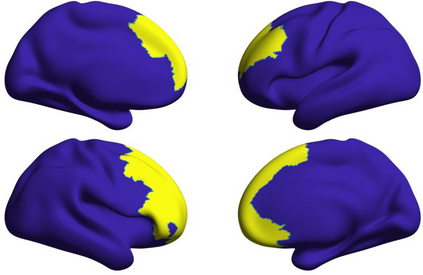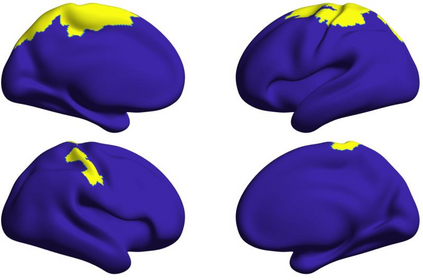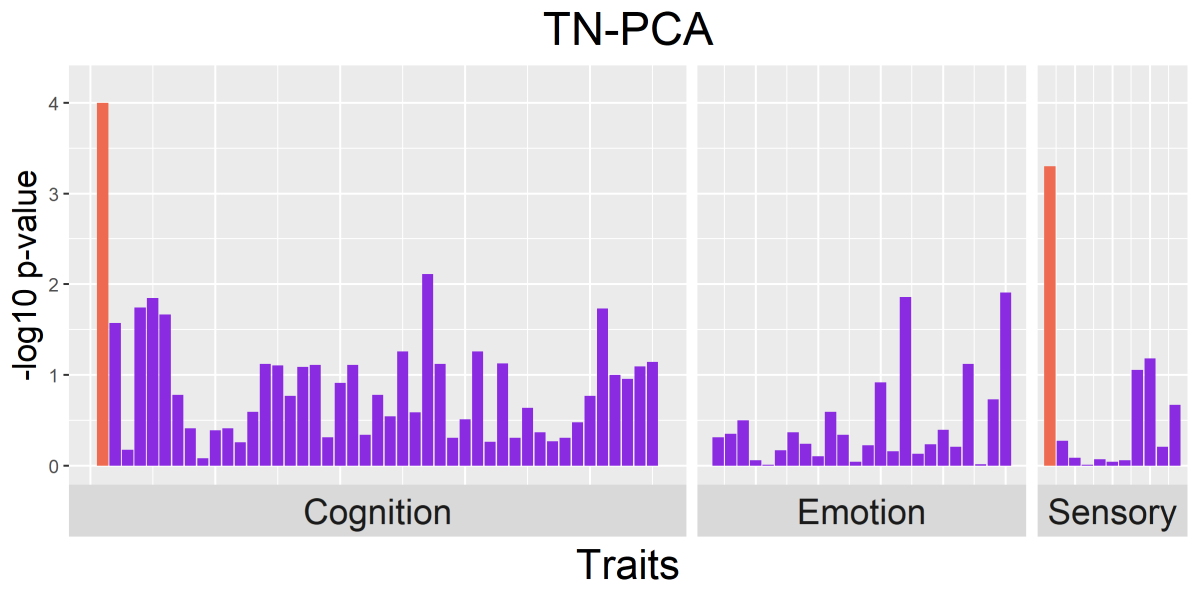This work considers a continuous framework to characterize the population-level variability of structural connectivity. Our framework assumes the observed white matter fiber tract endpoints are driven by a latent random function defined over a product manifold domain. To overcome the computational challenges of analyzing such complex latent functions, we develop an efficient algorithm to construct a data-driven reduced-rank function space to represent the latent continuous connectivity. Using real data from the Human Connectome Project, we show that our method outperforms state-of-the-art approaches applied to the traditional atlas-based structural connectivity matrices on connectivity analysis tasks of interest. We also demonstrate how our method can be used to identify localized regions and connectivity patterns on the cortical surface associated with significant group differences. Code will be made available at https://github.com/sbci-brain.
翻译:这项工作考虑一个持续框架,以说明结构连通性的人口层次变异性。 我们的框架假设观察到的白物质纤维端点是由产品多领域界定的潜在随机功能驱动的。 为了克服分析这种复杂潜在功能的计算挑战, 我们开发了一个高效算法, 以构建一个数据驱动的减位功能空间, 以代表潜在的连续连通性。 我们使用人类连接项目的真实数据, 显示我们的方法优于用于传统地图集结构连通性矩阵的先进方法。 我们还展示了如何使用我们的方法来识别本地区域和与重大群体差异相关的皮层表面连接模式。 代码将在 https://github.com/sbci-brain网站上公布 。
相关内容
Source: Apple - iOS 8


